The nine ladies growing tea in Scotland: 'We liked the idea of doing something that hadn’t been done before'
A group of Scottish growers is defying the weather to produce Britain’s favourite drink, finds Nick Hammond/
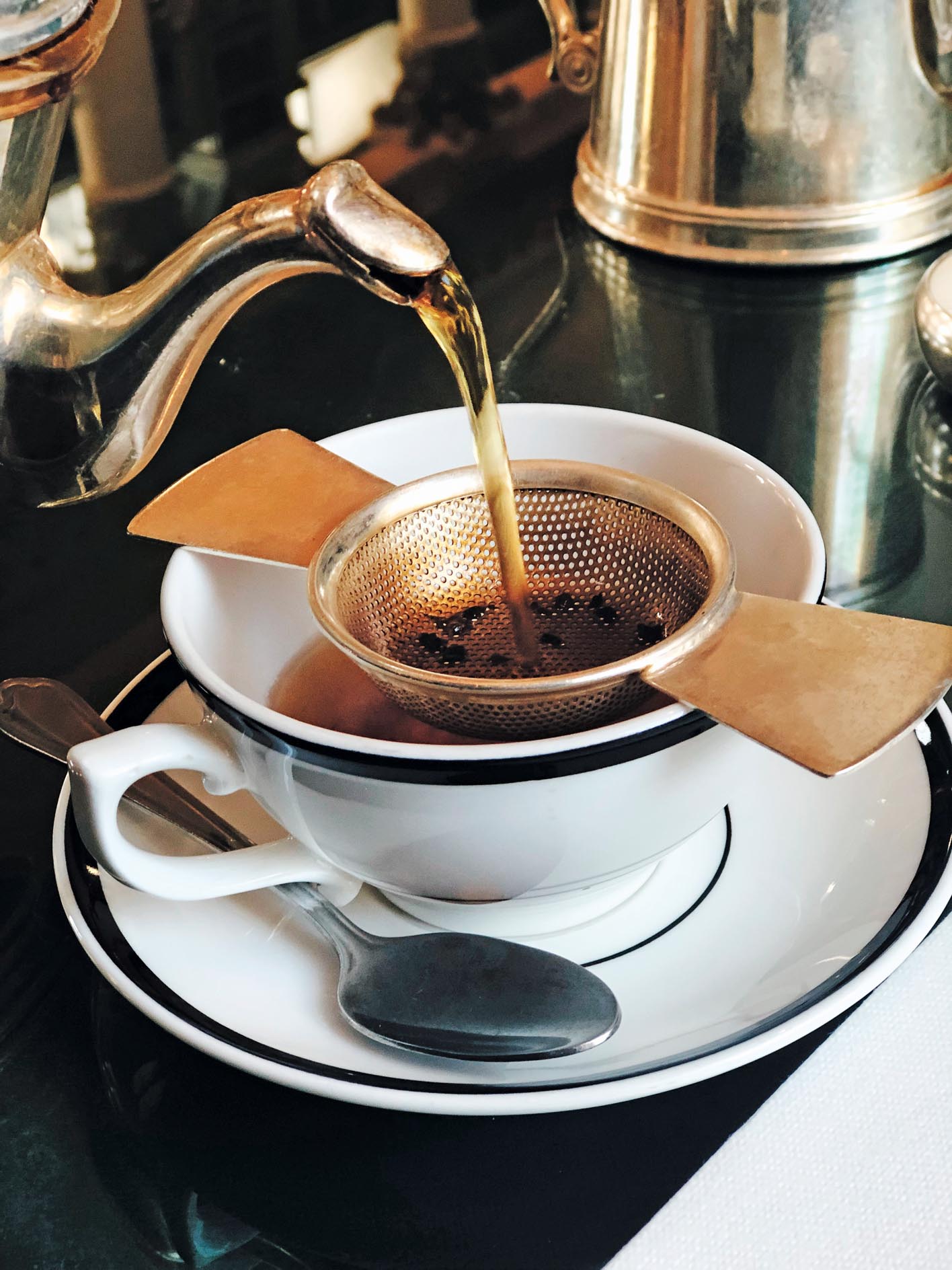

There’s nothing quite like a good cup of tea, is there? It’s so incredibly British, be it with breakfast, afternoon tea or as a comfort in times of crisis — but tea isn’t really British at all, when you think about it.
The tea we recognise — from ‘builder’s’ with milk and sugar to black or green teas, simply steeped — is predominantly shipped to these shores from far-flung plantations in India, Sri Lanka, Japan, China and beyond. Now, however, a team of gardeners from north of the Border is changing that with a remarkable first-batch release, having replaced the temperate slopes of Himalayan tea plantations with the windswept, rain-drenched walled gardens of bonny Scotland.
Nine Ladies Dancing Tea, available from Fortnum & Mason, as well as the Corinthia Hotel in London, is the result of several years’ planning, innovation and hard graft by the eponymous nine ladies behind the brand.
‘We never set out to be a ladies tea brand, but that’s how it worked out,’ says Pinkie Methven, who once pounded the pavements as a London bobbie and now tends to tea bushes in her two-acre walled garden at St Martin’s Abbey in Perthshire. ‘We’re all ladies of a certain age with access to some sheltered space and we liked the idea of doing something that hadn’t been done before.’
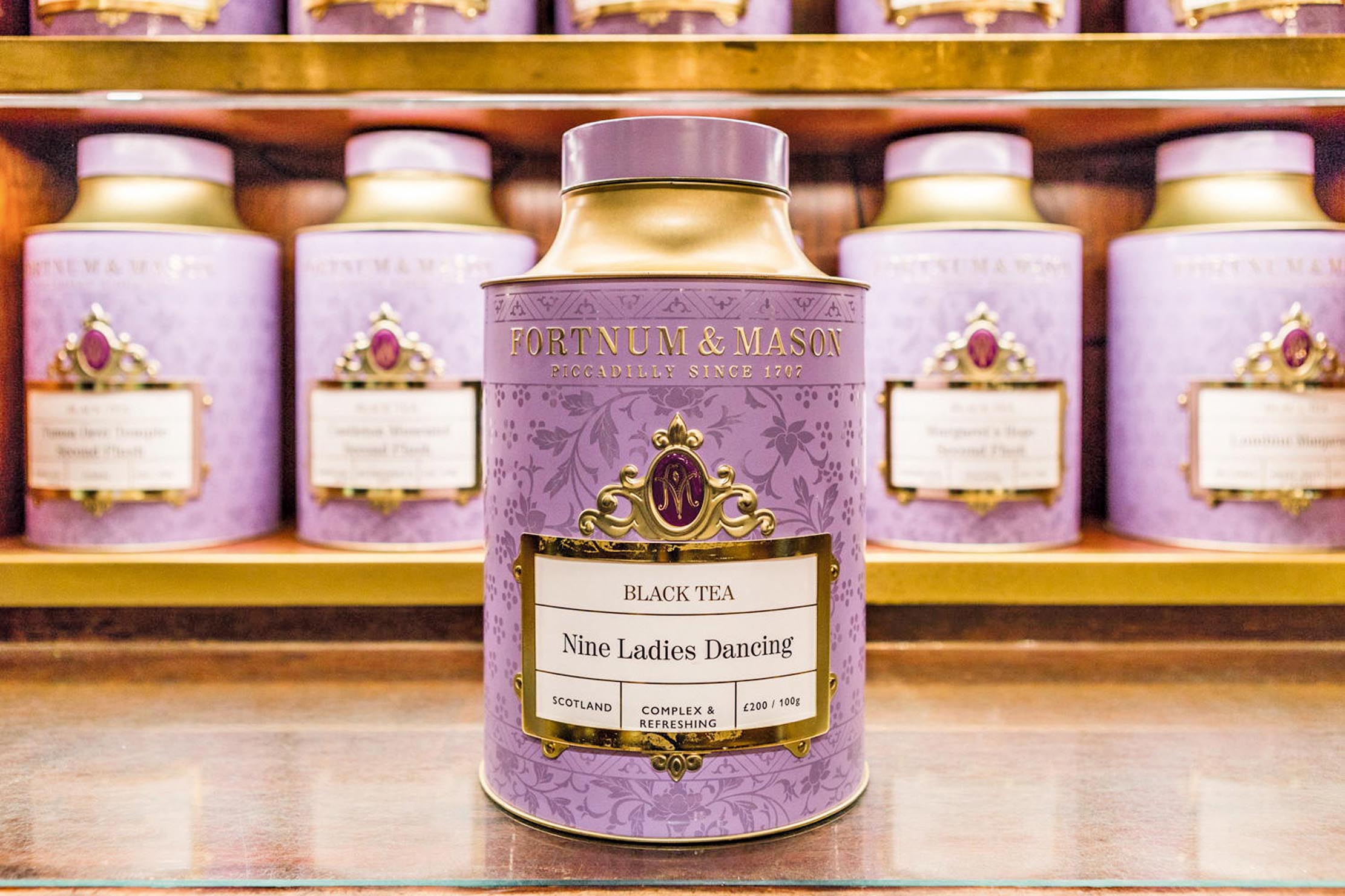
That something was growing black tea from seed — the brainchild of one of the team, Susie Walker Munro of Kinnettles Tea Garden in Angus. The group slowly came together and, with the help of local tea consultant Beverly Wainwright, invested in seeds from Nepal and Georgia, then set about growing them.
‘Our first winter was a cruel one,’ recalls Miss Methven. ‘The Beast from the East roared in and we lost a lot of plants between us. But we began to learn which varietals succeeded best and we also learned some of the idiosyncrasies of each of our own gardens — they all have their quirks. Here, for instance, has proven to be a bit of a frost pocket and can hold low temperatures when everywhere else is warming, so I’ve learned to work around that. Now, we have polytunnels, we’re investing in new plants and each of us does things slightly differently.’
Black tea is most tasty and complex when it’s been stressed during the growing season (not unlike wine grapes) and forced to reach deep down to extract its nutrients. It helps that tea plants like a soil PH level of between 4.5 and 5.5, which mirrors much of the terroir of Scotland. The (mostly) mild daytime temperatures and cool nights also parallel those of more famous tea-growing regions, such as Darjeeling. ‘Wind can be a problem, which is why we use our walled gardens to offer protection,’ explains Miss Methven. ‘Our growing season is very small indeed.’
Sign up for the Country Life Newsletter
Exquisite houses, the beauty of Nature, and how to get the most from your life, straight to your inbox.
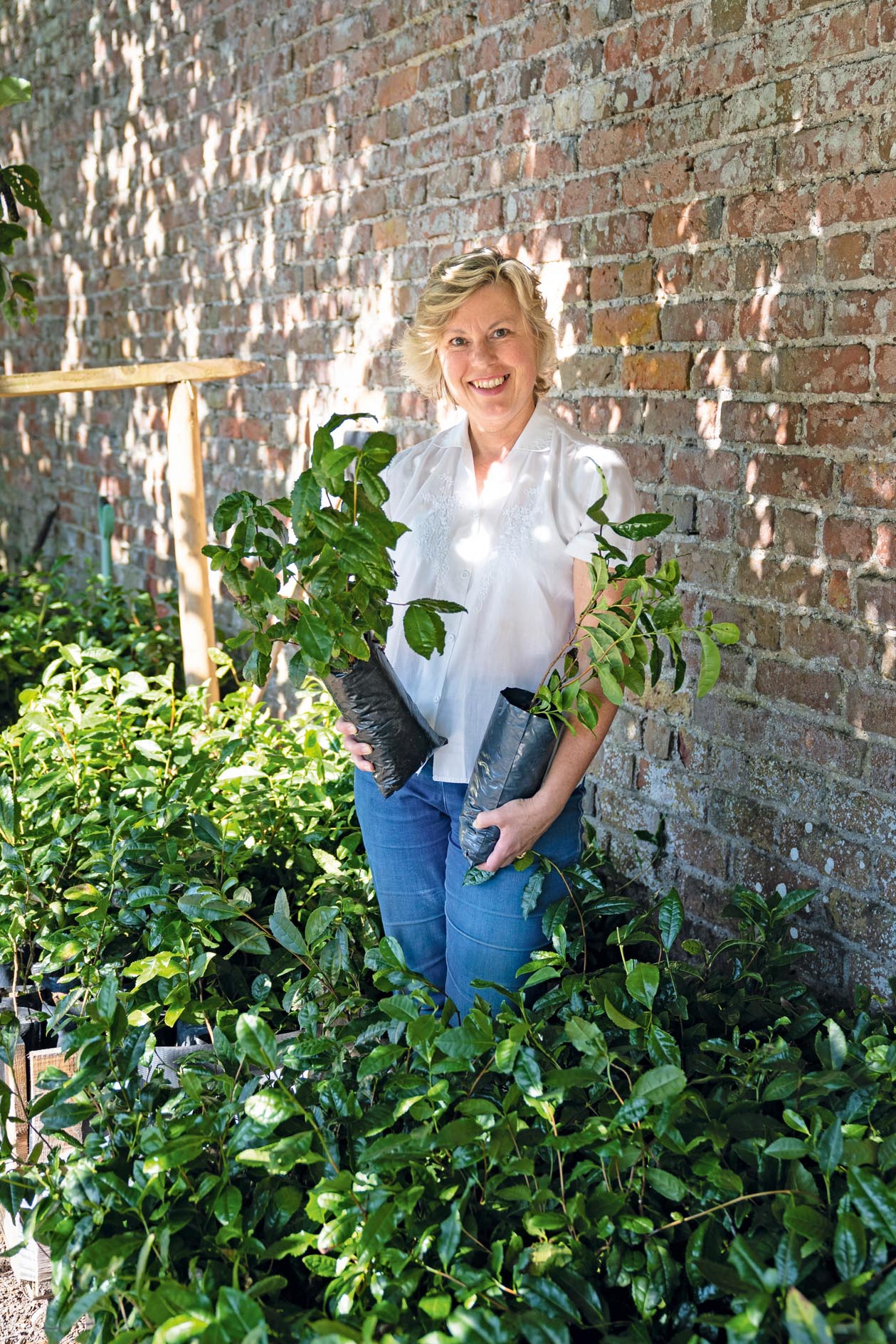
The actual process of making tea from the tips of fresh camellia leaves is long and difficult, with each stage having a marked ability to affect the final taste. The flavour of tea is a remarkable indicator of terroir — which is why top-end retailers have taken notice.
What does it taste like? Experts report that the black tea offers notes of dried fruits, chocolate and caramel, with underlying complex flavours adding up to a smooth, golden drink. These nine ladies and their Scottish-grown tea are firmly on the map.
The Nine Ladies Dancing are: Pinkie Methven of St Martin’s Abbey; Catherine Drummond-Herdman of Megginch Castle Tea Garden; Veronica Murray Poore of Broich Tea Garden; Lisa Dickson of Dollerie Tea Garden (all Perthshire); Kate Elliott of Logie Tea Garden, Fife; Jane Spencer Nairn of Rankeilour Tea Garden, Fife; Susie Walker Munro of Kinnettles Tea Garden, Angus; Mary Gifford of Kinnordy Tea Garden, Angus; and Polly Holman-Baird of Rickarton, Kincardineshire. See www.teagardensofscotland.co.uk, and if you're curious you can order the tea online from Fortnum & Mason.
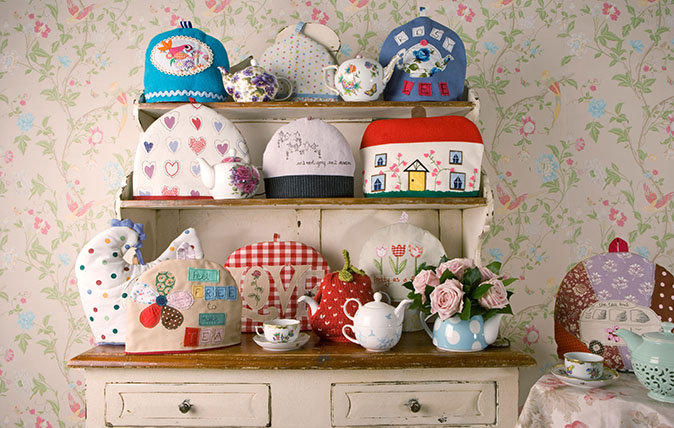
Curious Questions: Has the tea cosy gone forever?
Is it all over for the once ubiquitous tea cosy? Debora Robertson investigates.
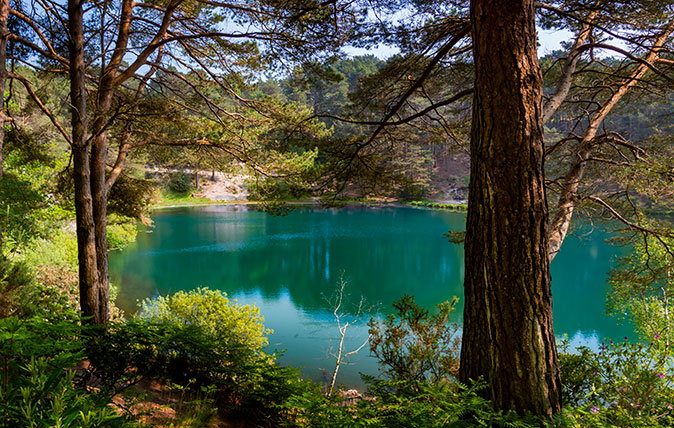
Credit: Getty
The Blue Pool: How a disused quarry turned into one of Britain’s most beautiful lakes
A forgotten corner of Dorset has an extraordinary tea room at a beautiful spot.
Country Life is unlike any other magazine: the only glossy weekly on the newsstand and the only magazine that has been guest-edited by HRH The King not once, but twice. It is a celebration of modern rural life and all its diverse joys and pleasures — that was first published in Queen Victoria's Diamond Jubilee year. Our eclectic mixture of witty and informative content — from the most up-to-date property news and commentary and a coveted glimpse inside some of the UK's best houses and gardens, to gardening, the arts and interior design, written by experts in their field — still cannot be found in print or online, anywhere else.

